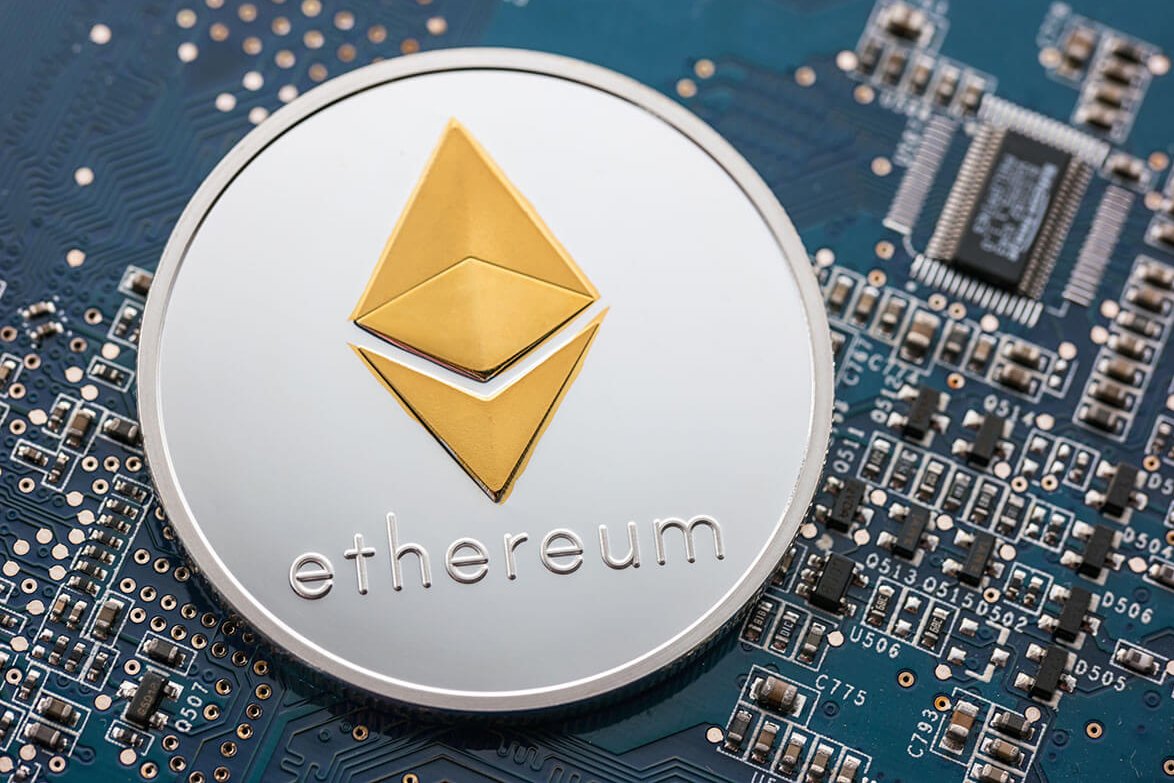

Miners play a crucial role in the Ethereum network by ensuring transactions between users are verified and added to the blockchain public ledger.
Miners also enable new coins to be generated without the need for a third party central authority.
In return for mining blocks, you’ll receive ETH as well as fees associated with the transaction.
There is a lot of debate about how profitable Ethereum mining is, but if you believe ETH will continue increasing in value or simply want to play a part in the Ethereum network, these are the steps you need to take.
Choose a GPU
To mine Ethereum, you’ll need to buy special computer hardware called a Graphical Processing Unit (GPU). When choosing a GPU, it’s important to consider the cost of the actual hardware itself, as well as its power consumption and hash rate.
The hash rate is the speed at which the mining device operates. In cryptocurrency mining, speed is important because miners are essentially trying to solve a question and get rewards before anyone else. The higher the hash rate, the greater your chances are of finding the next block and receiving a reward.
Some miners decide to set up a mining rig, which is a machine composed of several GPU units. A mining rig will increase your hash rate and therefore boost your chances of successful mining.
Install software
Once you’ve bought your mining hardware, you need to install the required software. Drivers for your graphics card are either provided with the card itself or available on the manufacturer’s website.
The next step is to download the Ethereum blockchain and connect your node to the network. You can use a service like Geth, which continuously attempts to connect to other nodes on the network until it has peers.
Once installed, your node will be connected to all the other nodes and the Ethereum network itself. This allows you to start mining, deploy your own smart contracts, build decentralised apps, and send transactions.
Test your mining capabilities
Before you start mining, you can mine test Ether on your own private network. This enables you to test your mining capabilities, experiment with smart contracts, and try out new decentralised apps.
You don’t need any special hardware to mine Ether on a test network – you just need your home computer with Geth, or a similar client, installed. You are the only user in a private test network, meaning you are responsible for finding all the blocks, validating transactions, and executing smart contracts.
Join a mining pool
If you join a mining pool, you can pool your computational power with other miners to improve your chances of solving the cryptographic puzzles and earning Ether. Being part of a mining pool tends to be much more profitable than trying to mine Ether on your own. Profits are split between all the miners in the pool according to their contributed computational power.
Install Ethminer
Once your node is connected to the Ethereum network, you need to install mining software called Ethminer. This acts like an intermediary between your hardware and the mining pool. Ethminer is an Ethash GPU mining worker, which enables you to mine every coin that relies on an Ethash Proof of Work – for example, Ethereum, Ethereum Classic, Metaverse, Musicoin, Ellaism, Pirl, and Expanse.
Ethminer is a command line programme, so you can launch it from a Windows command prompt or Linux console or create shortcuts to predefined command lines using a Linux Bash script or Windows batch/cmd file.
Get paid
Once you’ve successfully mined a block, you’ll get paid ETH and the fees associated with the transaction. The reward is almost instantly transferred to the Ethereum wallet linked with the miner or miners’ pool.
You can use an Ethereum profitability calculator to work out your approximate income. Your estimated income is based on factors such as your hash rate, electricity consumption, and initial set-up costs.
Ethereum’s core team is currently working on implementing a new mining algorithm called Progressive Proof-of-Work, which is designed to make mining more accessible to the wider community. There is no fixed plan for its implementation, but the developers hope it will make mining via a GPU more profitable in the future.
Denver, Colorado, 24th February 2025, Chainwire
Denver, Colorado, 20th February 2025, Chainwire
Washington, D.C., 18th February 2025, Chainwire
Dubai, UAE, 27th January 2025, Chainwire
Those who enter the market at this time may be surprised to hear that Bitcoin…
George Town, Grand Cayman, 22nd November 2024, Chainwire